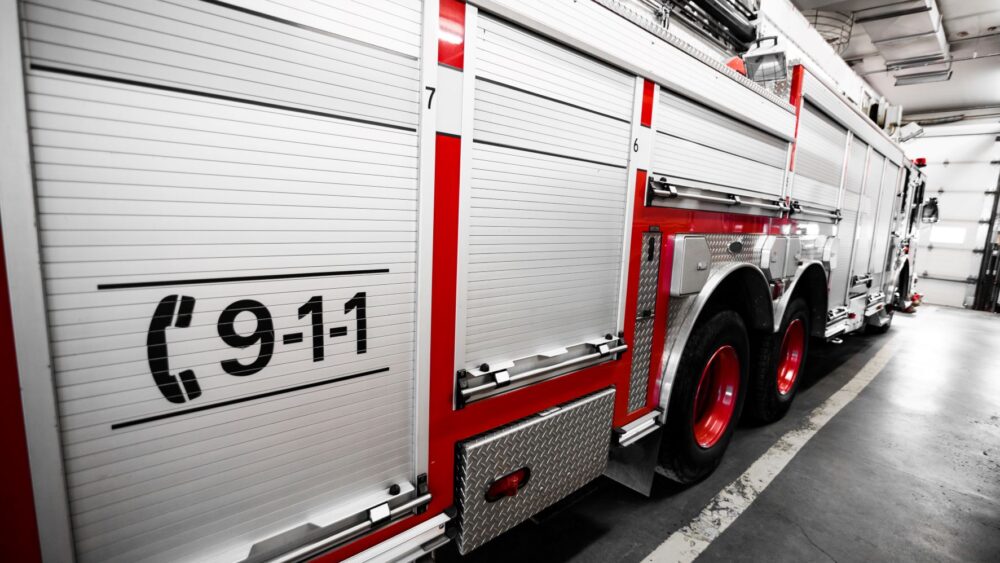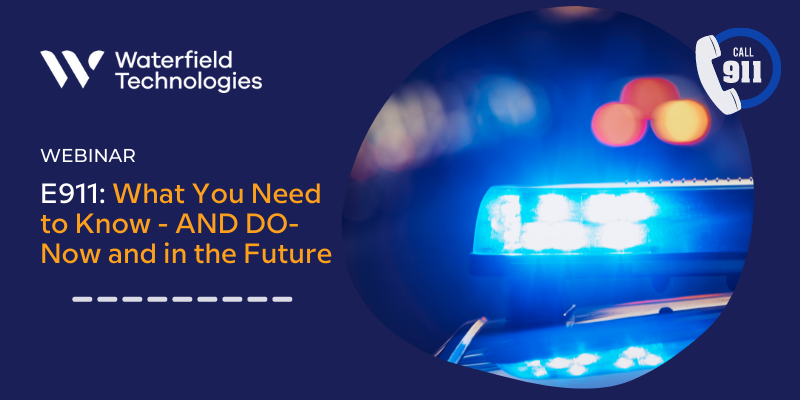In the past twenty years, the way 911 calls are routed has changed and evolved. For businesses, it is crucial to ensure that workers dialing 9-1-1 using their company-wide communication devices can be located in an emergency. And with more remote workers than ever, it is important that your organization is compliant with new 911 laws, and more importantly, that your employees – wherever they may be – are kept safe.
E911 (Enhanced 911) is a service that automatically displays the telephone number and physical location of the 911 caller on the emergency dispatcher’s screen. Having an Enhanced 911 solution is no longer an option, but an absolute imperative.
Years ago, a person’s 911 call would, in most cases, route to the correct PSAP and deliver the address of the building the call was coming from. However, now when someone makes a 911 call from either a remote site with no local trunks or from a softphone on a laptop in their home office, the call will most likely route to the wrong PSAP and almost certainly deliver incorrect address information compared to the caller’s actual location. This location discrepancy creates a critical issue for the 911 caller.
This change in technology, combined with tragic accounts of people calling 911 and not receiving aid, has led to the passing of two federal laws. The first is Kari’s law and the second is Ray Baum’s Act. Read on below as we cover further details on each of these laws.
Kari’s Law, which went into effect on February 16, 2020, has three requirements:
- The first is that the caller must be able to dial 9-1-1 without a prefix or an access code (for example, “dial 9 to get out.”) without any delay.
- The second requirement is that 911 calls must be directed to the Public-Safety Answering Point (PSAP) and not intercepted by on-site personnel (front desk, security, etc. – this is common in hospitals and universities).
- Lastly, someone on-site needs to be notified that 911 has been called.
(For more, read our three-part blog series on the history of Kari’s Law.)
If your organization is found to be non-compliant of Kari’s Law, you could face a fine from the Federal Communications Commission (FCC) of up to $10,000 as well as a daily fine up to $500 for each day you are non-compliant. The FCC has the power to enforce the rules, assign judgments, and collect penalties.
Another law, called the Ray Baum’s Act 506 went into effect on January 6, 2021, and requires a dispatchable location to be delivered for fixed (wired) devices. A “dispatchable location” is defined as a building address and additional data (floor level, room number, etc.) that can locate the caller in a reasonable amount of time. On January 6, 2022, non-fixed (wireless) devices will also be required to provide this information.
Kari’s Law and the Ray Baum’s Act are the minimum that is required in every state. Additionally, some states have their own legislation regarding 911 specifications. Click here to learn about your state’s additional laws.
We are here to help ensure you understand these laws and assist with your E911 compliance strategy. View our On-Demand Webinar “E911: What You Need to Know & DO” featuring industry expert Kevin Kito, of 911 Secure to learn how to make sure your organization is E911 compliant.
Read the full blog: “E911: Know the Laws and Why You Need to Be Compliant.”






Comments are closed.